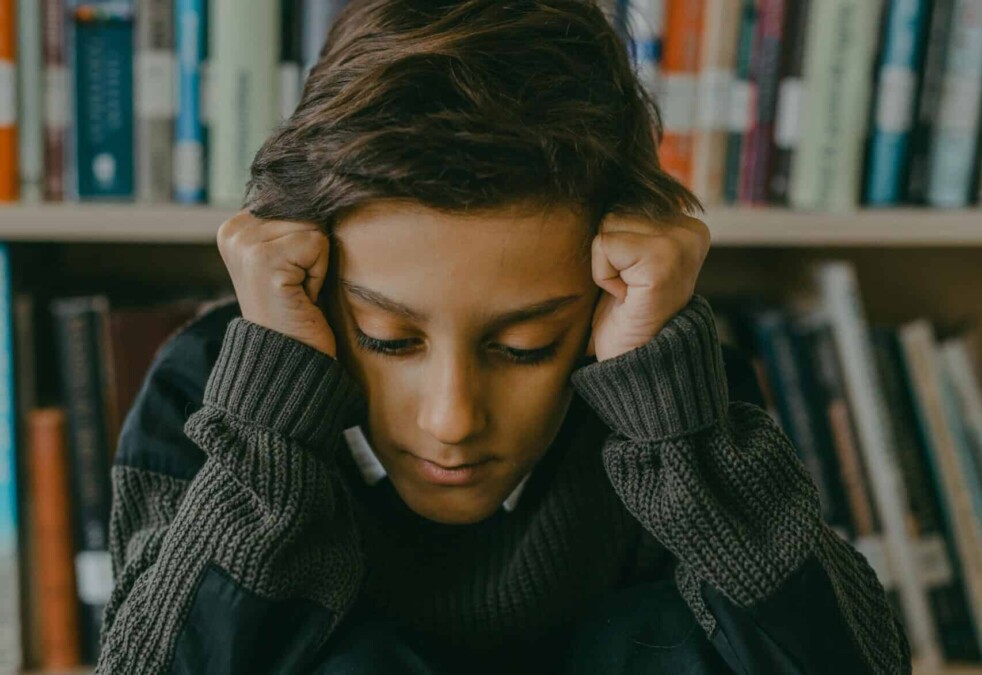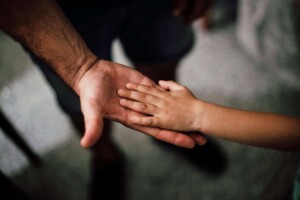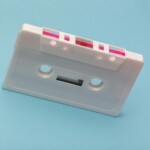Separation is an intrinsic aspect of human relationships, particularly during early childhood development. For children, the experiences of separation from caregivers—whether during a parent’s return to work, daycare attendance, or school commencement—are pivotal moments that significantly shape their emotional and social development. These instances often invoke feelings of anxiety, both in the child and the parent. However, it is essential to recognize that separations, when managed effectively, play a crucial role in fostering healthy attachment bonds. This article explores strategies for supporting children and their families during separations, emphasizing the importance of preparation, emotional validation, and resilience-building to ensure that these experiences contribute positively to the child’s developmental journey.
When a Client Presents with a Separation Anxious Child
For clinicians and practitioners, there are unique challenges when a client presents with a separation anxious child. Firstly, it is healthy to remind parents that separations are a normal and necessary part of building strong, healthy attachments. Very often the parent is having just as difficult a time with the separation as the child is. So it might be helpful to remind the parent that strong attachment has more to do with HOW we separate, and strong healthy attachments don’t come from avoiding separations. In fact, need to have repeated experiences of having their needs met by a person to have trust that they will be able to help them. The early times at childcare are building neural networks for kids that those carers can help them co-regulate. You could encourage the family to visualise the strengthening of the neural pathway when they leave the child and they are in distress (even though it is heart-wrenching). Anxiety, as well as separation anxiety- is a normal human emotion. It’s not one we can prevent, but we can support ourselves and our children during separations.
Practical Strategies for your Separation Anxious Child – Preparing for the Day
To prepare a child for separation, we might discuss with them what they might do and who they will see once they are there. We can validate emotions by saying “It’s hard when mummy has to go to work”. You might prepare your child by reading books about separations like “The Invisible String” by x. You might increase the length of separations slowly over time (start with shorter separations whilst the child becomes more used to the new environment). Other ideas include:
- Increase their autonomy by giving the child a choice of what to listen to in the car, where to park etc or a choice of what snack they will eat in the car when picked up.
- Plan a reunion ritual (bringing flowers, snacks, toys).
- Role-play with their toys at home about the drop-offs and pick-ups.
- Take photos of the new environment. Create a little booklet with photos of them in the new environment photos of the morning at home and the afternoons or evenings at home with parents.
- Discuss anxiety in terms of a rubber band. We often have to push against the rubber band of anxiety that can make our world smaller and constrict our choices.
When you prepare a child for the separation, whilst we want to validate the child’s emotions, we also want to encourage resilience- You are brave, you are confident, you are strong. To increase the child’s confidence, you might pre-arrange for the same person to be there each morning (if possible) to greet the child. Other ideas of how to prepare for the separation include:
- Give a photo of you to take with them in the bag.
- Draw a heart on their hand and a matching one on yourself as a ‘special button connecting to Mummy’
- Give a transitional/comfort toy that they have at home and can pack in their bags.
- You may like to sit with your child to do an activity that they select & once they are immersed in the activity, give your child a warning that Mummy has to leave in 5 minutes.
Practical Strategies for your Separation Anxious Child – Leaving
Leaving can be one of the most emotionally challenging moments, but there are things we can do to soften the experience. Here are some tips to make the moment easier:
- When leaving hug them/kiss and I tell them what time I’ll pick her up.
- Ask them to catch your kiss.
- Before you leave, the parent can remind the child they are coming bacl “I love you. I will come and pick you up”
- Play games on the way through the door.
- Dance to the door.
- Jump to the door.
- Sing songs like “I can walk walk walk, to the door door door, I can jump/run/skip/hop/crawl etc”
- You can stay in the new environment and do things with them until they are a bit settled, but once you say goodbye, don’t linger.
In the evenings and days afterwards, they may need extra tender love and care to “fill up their cup”. Plus, the child will likely need lots of love, cuddles, time-in, and time for slow mornings.
While separations can be emotionally challenging for both children and parents, they are also vital opportunities for growth and development. By adopting a proactive and supportive approach, caregivers can help children navigate the complexities of separation, thereby strengthening their resilience and emotional health. The strategies outlined in this article—ranging from preparation techniques to post-separation support—serve to foster a sense of security and confidence in children. Ultimately, by recognizing the normalcy of separation and the importance of positive engagement during these moments, families can build stronger attachments and equip children with the tools they need to manage future separations effectively. Through this process, caregivers not only support their children but also cultivate a deeper understanding of the dynamics of human connection.










